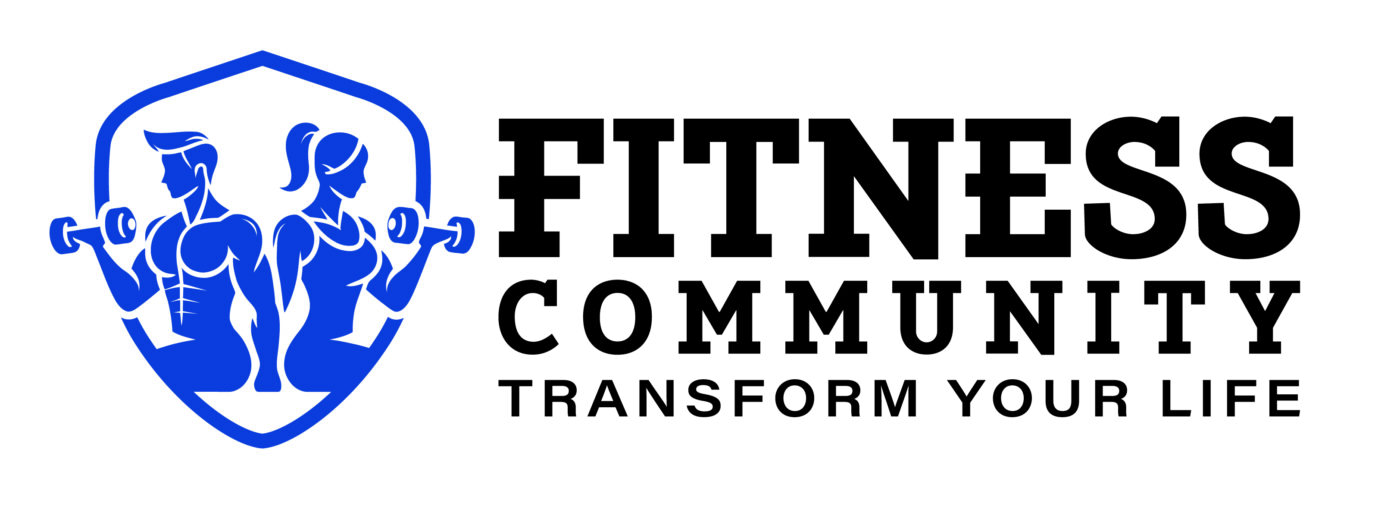FLEXIBILITY AND MOBILITY
The Benefits of Stretching: Enhancing Physical and Mental Well-being
For thousands of years, stretching has been a practice embedded in human history, particularly among warriors preparing for battle. Regular stretching offers numerous advantages, including stress reduction, increased flexibility, improved posture, and better physical performance. In this article, we will explore nine benefits of stretching, address the risks associated with overstretching, and provide safety tips for effective stretching routines.
The 9 Benefits of Stretching:
- Increases Range of Motion: By regularly stretching, individuals can enhance their joint mobility and achieve greater freedom of movement. Improved range of motion leads to increased comfort and efficiency during physical activities. Static stretching, which involves holding a muscle stretch, and dynamic stretching, which gradually increases range of motion, both contribute to extending the range of motion and enhancing muscle strength.
- Expands Flexibility: Stretching promotes overall flexibility, enabling individuals to move more comfortably and perform daily tasks with ease. Additionally, it can help delay age-related mobility decline in muscles and joints.
- Alleviates Back Pain: Stretching is effective in reducing lower back pain and improving range of motion in that area. Regular stretching can help alleviate existing back pain and prevent future occurrences.
- Improves Mood and Focus: Studies indicate that stretching enhances mood and cognitive performance, providing a sense of calmness and increased focus. Even individuals with low levels of physical activity can experience these positive effects from stretching exercises.
- Enhances Physical Performance: Incorporating regular stretching into a fitness routine prepares muscles for physical activities, improving overall performance. It enhances flexibility and range of motion, both crucial factors for optimal physical capabilities.
- Relieves Tension Headaches: Certain stretches have been found to relieve headaches and improve associated sleep disorders. Focusing on stretching the neck and upper back can be particularly beneficial for alleviating specific types of headaches.
- Increases Blood Flow: Stretching boosts blood flow to the muscles, leading to increased oxygen levels and improved nutrient delivery. It also aids in the removal of metabolic waste, such as uric acid, carbon dioxide, and ammonia.
- Relieves Stress: Stress often causes muscle tension, resulting in pain, particularly in the neck, shoulders, back, and head. Stretching helps relax tightened muscles due to stress and facilitates the body’s recovery from stressful situations.
- Improves Posture: Muscle imbalances can contribute to poor posture and misalignment in the body. Regular stretching helps strengthen affected muscle groups, promoting proper alignment and improved posture.
Risks of Overstretching:
It is essential to differentiate between a slight pull and actual pain during stretching. Overstretching, which involves pushing the body beyond its capabilities, can lead to strain or sprain injuries. Strains occur when tendons or muscles are overstretched or overexerted, while sprains result from overstretching or tearing ligaments.
Safety Tips for Stretching:
To minimize the risk of injury during stretching exercises, consider the following safety tips:
- Avoid overstretching: Do not push beyond your comfort level during stretches. If you experience pain, reduce tension in the muscle to prevent injury.
- Limit stretching frequency: Repeatedly stretching the same muscle groups, such as more than once a day, can strain those muscles. Stretch different muscle groups at different times to avoid overexertion.
- Avoid bouncing: Bouncing stretches, like ballistic stretching, may be unsafe unless recommended by a trained professional. Bouncing can damage ligaments and tendons.
- Warm up before stretching: Muscles are cold and less pliable before exercise, making stretching more challenging. Engage in light cardiovascular warm-up exercises or perform stretching routines after a workout to increase safety and effectiveness.
Note: Consult with a healthcare professional before initiating a stretching program if you have chronic injuries, acute injuries, or any condition that may affect your ability to stretch safely.
In summary, stretching provides numerous health benefits, improving both physical and mental well-being. It increases range of motion, enhances flexibility, alleviates back pain, boosts mood and focus, and improves physical performance.

